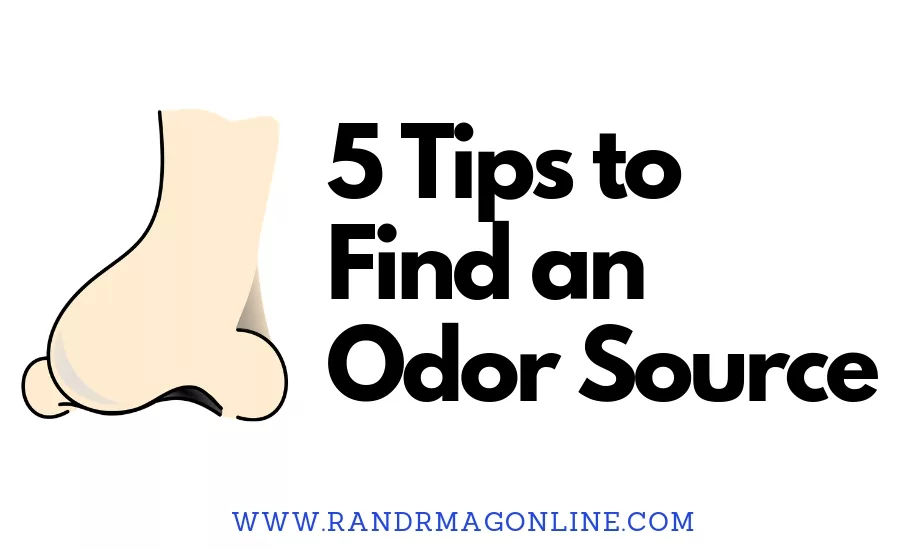5 Tips to Find an Odor Source

Odor removal is among the most subjective services offered by restoration and remediation companies. While some odors are easily identifiable and the source more easily found and eliminated, such as fire or smoke-related smells, others take a bit more detective work by estimators and project managers. At the start of any odor removal job, it is important to educate the property owner on how odors work – and let them know that if the source of the odor is not eliminated, no amount of treatment for the air or contents will permanently get rid of the odor unless the source is addressed first.
When you’re faced with a tricky odor, here are five tips to find the odor source:
- Follow your nose.
It seems simple, but just as children learn to search for things using “hotter” or “colder” verbal prompts, your nose will often know if you’re getting closer or further away from the odor source based on its potency. If you’re getting overwhelmed with odors and sniffing, take a moment to step outside and breathe some fresh air before resuming. That said, this isn’t always possible when an entire structure is affected by the smell – which is often the case in fire and water jobs. So when you can’t follow your nose, jumping to the next tip might have the answer!
- Find the source of or areas heavily impacted by the loss.
If you’re on a mold job, finding where the water originated from and eliminating or solving that problem is a great first step. If the water was left standing for a while after a water heater burst, for example, there’s a chance the moldy smell is coming from saturated carpet around that appliance. Same goes for fire jobs. Pay careful attention to charred wood and porous surfaces that may not need to be removed, but will need to be treated for odor to be sure they don’t seep out over time.
- Check hidden areas.
When you’re called out to an odor job, and no larger loss like water or fire has happened, looking in hidden areas is another good technique. This might include chimneys and even wall cavities if there has been an entry point for a pesky critter. It’s also wise to check and make sure the roof vent is now blocks. If you do suspect a dead animal is causing the smell, it might be time to call in a rodent or pest control specialist!
- Remove any conflicting smells.
If the property owner is using a lot of odor masking agents, has a trash can overflowing with old food, or another strong odor source, clear that out first.
Once you’ve identified the odor source, you’re ready to create an odor removal plan! Carefully consider your options and what will work best for that individual loss – such as hydroxyl generators, chemicals, sealers, and so on.
Looking for a reprint of this article?
From high-res PDFs to custom plaques, order your copy today!






